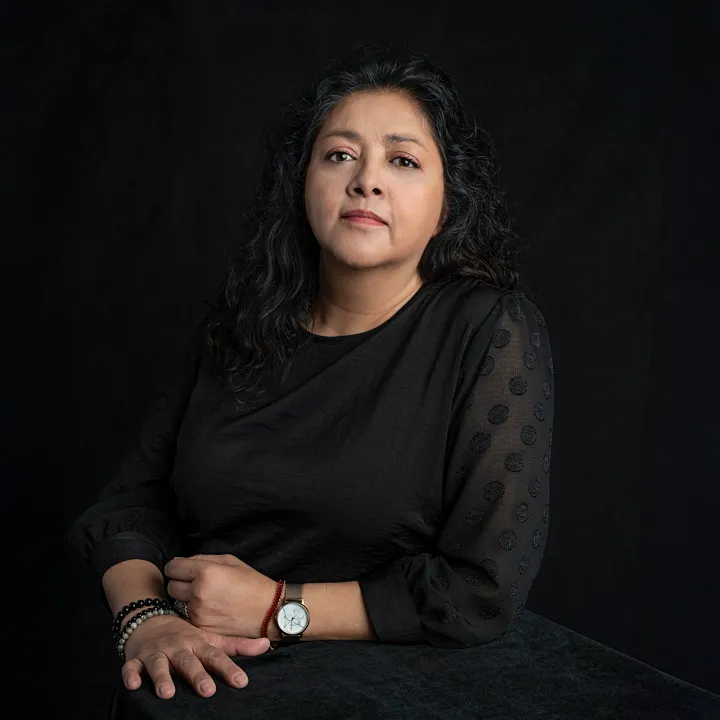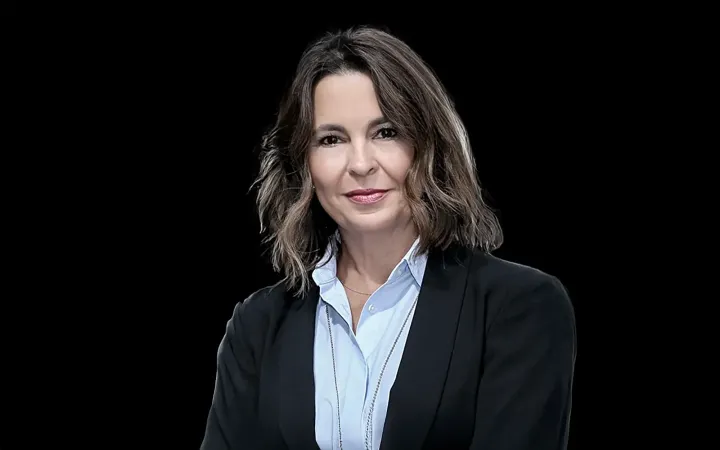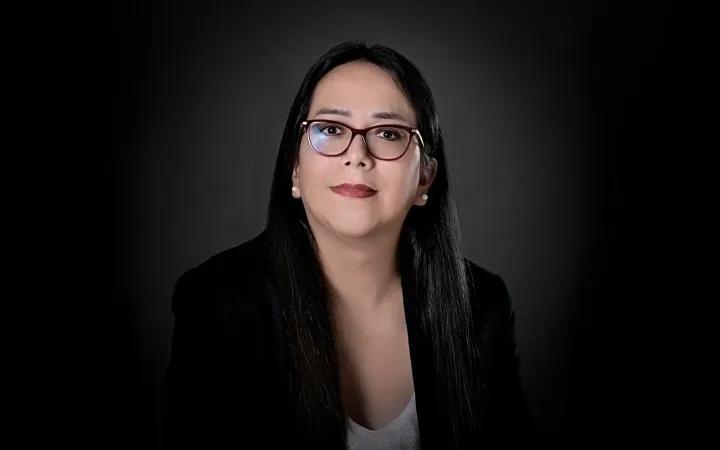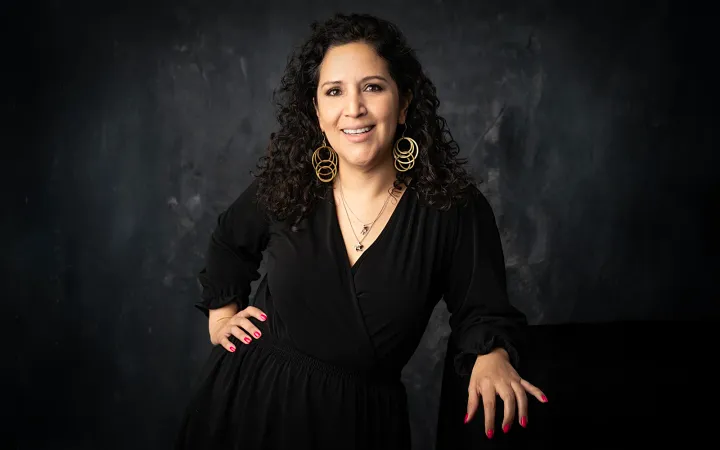By Nurit Martínez
The first one hundred days of President Claudia Sheinbaum Pardo's government, with A, at the head of the Mexican government were completed and the first thing she said when she made her first assessment in the capital's Zócalo was the justification of why so far she has not distanced herself from the guideline set by President Andrés Manuel López Obrador, which was not superfluous if it is true that she is part of the DNA of the leftist movement that governs the country.
Unsolicited explanations...
What we saw in a good proportion of the almost 80 minutes that he spoke in front of the good people, diminished compared to what happened with the caudillo of Macuspana in similar acts, is that there is a growing allocation to deliver direct resources to the population, of the size of 2.5 percent of the Gross National Domestic Product.
These are resources that go to senior citizens, young people and women, delivered in the form of benefits or scholarships worth 835 billion pesos.
These are resources that have been channeled primarily to the poorest, but not necessarily only to the poor. Let us remember that in the case of senior citizens, since these are universal benefits for those of full age, they even benefit "ladies from Las Lomas", as the followers of the Fourth Transformation would say.
Well, this is the context of social benefits, of support to reduce poverty, which would not be superfluous if, in parallel, the budget for the social sectors were maintained.
What does this mean? That if the budget for education at all levels were to continue to increase, not inertial, but real, in order to reach the minimum international standards, we would have to go from 4.2 percent of the GDP to 8 percent. This goal had been planned since the 1980s and before President López Obrador's educational counter-reform it had been considered in the Constitution.
In the case of health, investment in 2024 reached only 2.82 percent of GDP, when international averages for our country indicate that it should reach at least 6 percent of GDP.
These are two examples of what we are lacking, and it is not spending for the sake of spending more, but to invest in a decisive manner according to the twelfth largest economy in the world, the size of the population, the number of people who do not have social security because their employment is not formal, is unstable and remains in uncertainty.
The resources required should be used to integrate a health system in a primary network for early detection of chronic diseases that affect Mexicans, put a stop to obesity, overweight, sugar consumption that leads to diabetes or even in early actions for the detection of cancers such as breast and cervical cancer.
This is an example of what is happening to this sector. In the case of education, it is clear that after one hundred days of government, there is not a single action that does not involve resources. There is no approach or, what would be better, a rethinking for the attention of the poorest.
It is about those small communities, some of them in dispute or confrontation, that are in rural areas or in the belts of large metropolises where schools cannot be called that: schools.
It is something that has been mentioned repeatedly, but it seems that the diagnoses do not reach the president. She knows this sector well, in her youth she was close to these areas, as well as the communities where illiteracy is a reality. Where the teachers are not professionals with a teaching career, but young men or women, who are oriented to have a "third rate education", improvised. I pretend to teach you and they pretend to pay me as a teacher.
We should reverse that and make sure that the poorest receive the highest quality education, we must compensate for the backwardness and delay in which they have remained.
But no, so far in a hundred days there are only promises as in the 70's to increase enrollment in the university sector, scholarships to prevent those who are in school from dropping out, but what else.
The new scholarship scheme does not help children to go to school, the previous social support programs for school obligated families to have their children receive health services and attend school in exchange for the scholarships, today, since it is not obligatory, we are beginning to see communities where children receive their scholarships, but no one is watching to make sure they do go to school.
Something is not happening properly, monetization in exchange for social good is an issue that must begin to have vigilance. The first one hundred days of government with a woman's vision does not put a second floor to humanism. Humanism should not only mean handing out resources, that families receive money, it should mean something more so as not to lose the little that had been achieved along the way.

The opinions expressed are the responsibility of the authors and are absolutely independent of the position and editorial line of the company. Opinion 51.






Comments ()